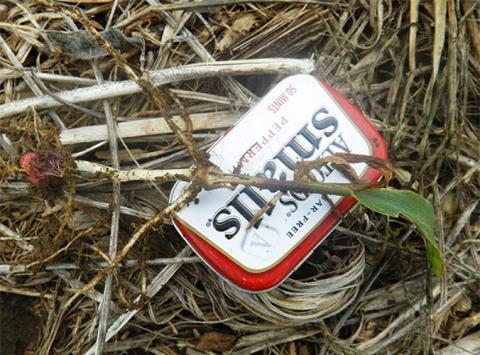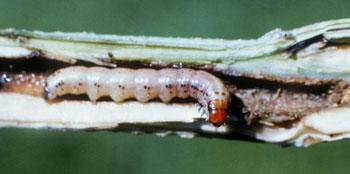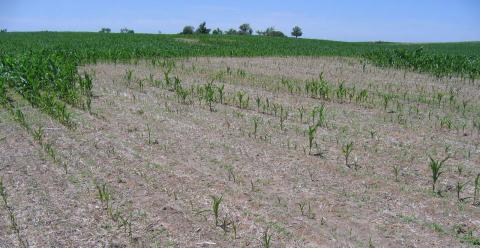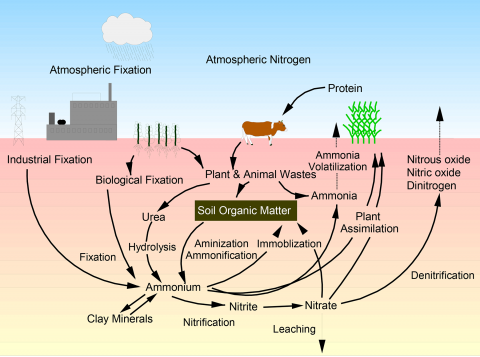Wheat Stem Maggot Damaging Corn after Rye
Stalk Borer Scouting & Management in Corn
Common stalk borer eggs have hatched throughout Nebraska and scouting should begin when 1300-1400 degree days have accumulated (Figure 1). This is when larvae start moving into corn and other crops. Stalk borer growth is based on accumulated degree days since January 1, using a base of 41°F.
Resistant Palmer Amaranth Management Field Day at Shickley
Nebraska Extension will be hosting a Resistant Palmer Amaranth Management Field Day Tuesday, July 12, near Shickley to demonstrate control options in corn. Keynote speaker will be Jason Norsworthy, professor and endowed chair of Weed Science at the Unversity of Arkansas. Norsworth has documented eight herbicide-resistant weeds in Arkansas, including glyphosate-resistant Palmer amaranth.
Corn Nematodes: Scout Sandy Soils Now, Other Soils Any Time
This year nematode damage in some Nebraska fields may be masked by the ample rainfall we’ve received, but rest assured, these plant parasitic nematodes are still there in almost every field. Their impact ranges from no obvious sign to severe crop injury and tremendous yield loss.
Seedling Diseases Continue to Develop in Nebraska Corn
Q&As: How much N is Left? Do I Need More Starter When Replanting?
Well, it seems not much has changed since the last article I wrote on nitrogen (N) management a few weeks back: more rain, more to come, and more uncertainty with regard to N. So, what do we do now and why I am not worried about the other nutrients? Why is it always about N?






